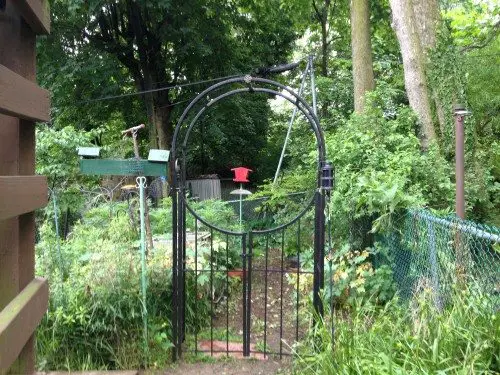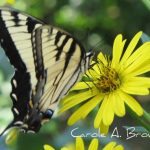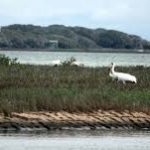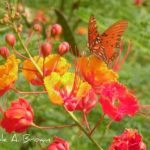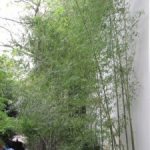My own wildlife garden has been sadly neglected for the past several years as I’ve struggled to recover from an auto accident. Amazingly, my garden has continued to be a wildlife haven: the birds continued to nest and feed, the garden was full of butterflies, the native bees seemed happy, and the bats swoop around every evening collecting insects.
But last fall I was away for several months as I became my mother’s full-time caretaker while she was ill. And my wildlife garden finally succumbed to all of this neglect. The Norway Maple seedlings grew large, the Sweet Autumn Clematis swallowed everything is sight, English Ivy happily climbed all of the trees, Japanese Stilt Grass has made a thick impenetrable carpet, and lots of other invasive thugs have moved in.
Very few of my native plants remain in the mess that has swallowed my garden. I have been working diligently trying to pull these invaders out of my garden, but to little effect. There is just too many invasives and not enough hours in the day.
Here is a strategy to help you start over with planting your wildlife garden:
Remove all invasive plants: Before planting anything new, it’s essential to get rid of all invasive plants. This includes digging out their roots and removing any seeds.
Plan the garden: Decide on the location and size of the garden, and make a list of native plants that attract wildlife.
Test the soil: Get a soil test to determine soil pH, nutrient levels, and any potential contaminants. This information will help you determine what plants will thrive in your soil.
Choose native plants: Select plants that are native to your region and that support local wildlife.
Implement weed control: To prevent invasive plants from returning, use mulch and other weed control methods to prevent weed growth.
Plan for maintenance: Develop a maintenance plan to keep the garden healthy and free of invasive plants. This may include pruning, watering, and fertilizing.
Monitor progress: Regularly monitor the garden to ensure it is healthy and thriving. Make any necessary adjustments to the garden to maintain its health and to keep invasive plants at bay.
By following these steps, you can successfully start over with planting your wildlife garden and create a thriving, sustainable environment for wildlife.
More From Ecosystem Gardening:
Submit your review | |

